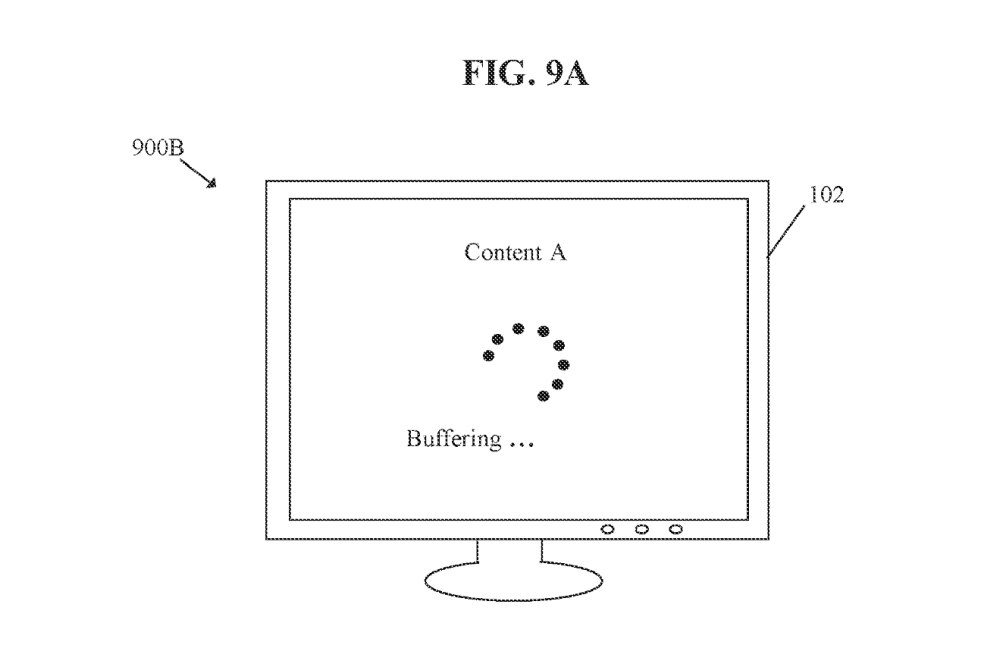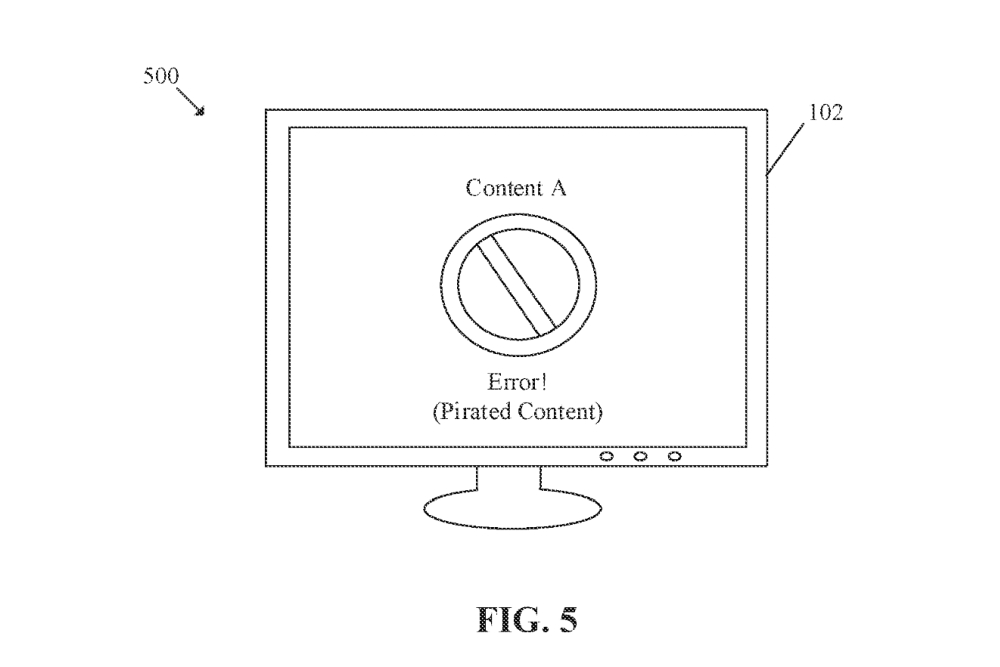As TorrentFreak reports, the Sony patent is titled “Anti-Piracy Control Based on Blacklisting Function”. It describes a “monitor application” with “system privileges to examine the code and execution of the third-party application installed on electronic devices”. Said application contains a blacklist which is used to compare not only against third-party apps’ code, but also network sources that they access. If a third-party app is listed in the blacklist as a known pirate app, or that it pulls content from known pirate networks, then the Sony monitoring software will do one of a few things. It may block the third-party app outright, intermittently pause playback of the pirated content, or just throttle bandwidth available to it. All this will presumably work without users realising that the monitoring software is at work, making them think that it’s the pirate service that’s at fault. For now, there’s no indication that Sony intends to put this tech in any of its commercial devices yet. But while on the surface this looks to be perfectly well-intentioned tech, things are liable to go wrong in different ways. For one, it remains to be seen if this monitoring software – that’s baked into the media player’s operating system, by the way – will be a resource hog. Gamers with experience of video game DRM negatively affecting the playing experience will understand. Another way things can go wrong is just the tech going way too far in the name of preventing piracy. The report mentions a pretty infamous point in the history of Sony, when the company hid rootkit into its CDs. This was meant to prevent CD copying, but they created vulnerabilities of their own in affected PCs, which were then taken advantage of by malware. (Source: TorrentFreak [1], [2])

